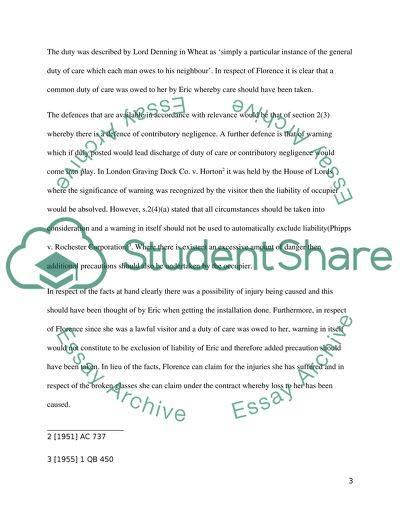Cite this document
(“TORT LAW Essay Example | Topics and Well Written Essays - 2500 words”, n.d.)
Retrieved from https://studentshare.org/environmental-studies/1421824-tort-law
Retrieved from https://studentshare.org/environmental-studies/1421824-tort-law
(TORT LAW Essay Example | Topics and Well Written Essays - 2500 Words)
https://studentshare.org/environmental-studies/1421824-tort-law.
https://studentshare.org/environmental-studies/1421824-tort-law.
“TORT LAW Essay Example | Topics and Well Written Essays - 2500 Words”, n.d. https://studentshare.org/environmental-studies/1421824-tort-law.


